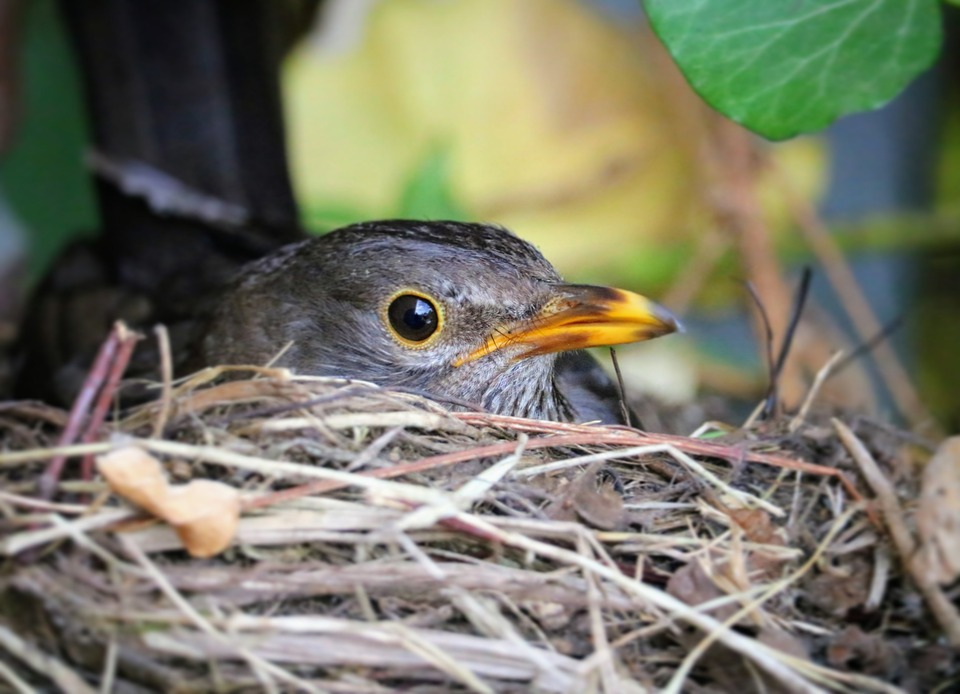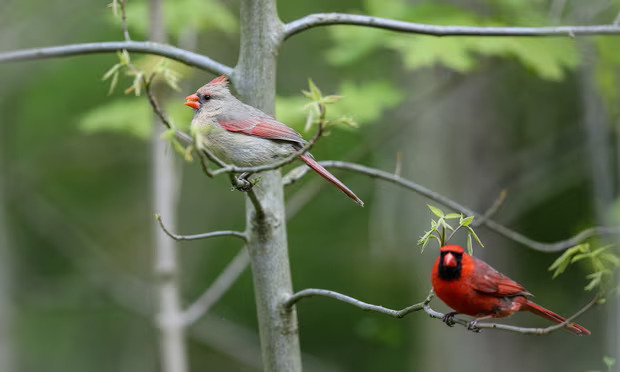Researchers find protected areas are essential in helping slow decline of northerly species
How is the climate crisis affecting communities of breeding birds? A recent study, by researchers at the University of Helsinki, discovered that birds that live inside protected areas – mostly nature reserves – are becoming more like those in non-protected areas outside their boundaries.
Whether birds breed in a protected area or not, species with a more southerly range are increasing in numbers more rapidly than those that typically live farther north.
The study was carried out between 1997 and 2019 in Canada, where the northerly latitude means that average temperatures are rising more quickly than elsewhere, shattering many weather records during the past few summers.

The researchers discovered that protected areas were essential in helping northerly species, slowing their decline. For the Lapland longspur (also known as Lapland bunting), which breeds across Canada, Scandinavia and Siberia, protected habitats may make the difference between survival and decline, and perhaps even eventual extinction.
Meanwhile, more southerly species are taking advantage of climate change to expand their range northwards. The northern cardinal, one of North America’s most familiar back-yard birds, did well everywhere, whether or not its habitat was protected. The same will almost certainly be true of common and adaptable European birds such as the wren. But scarcer and more specialist species, wherever they live in the northern hemisphere, are likely to struggle to cope with the accelerating climate crisis.
